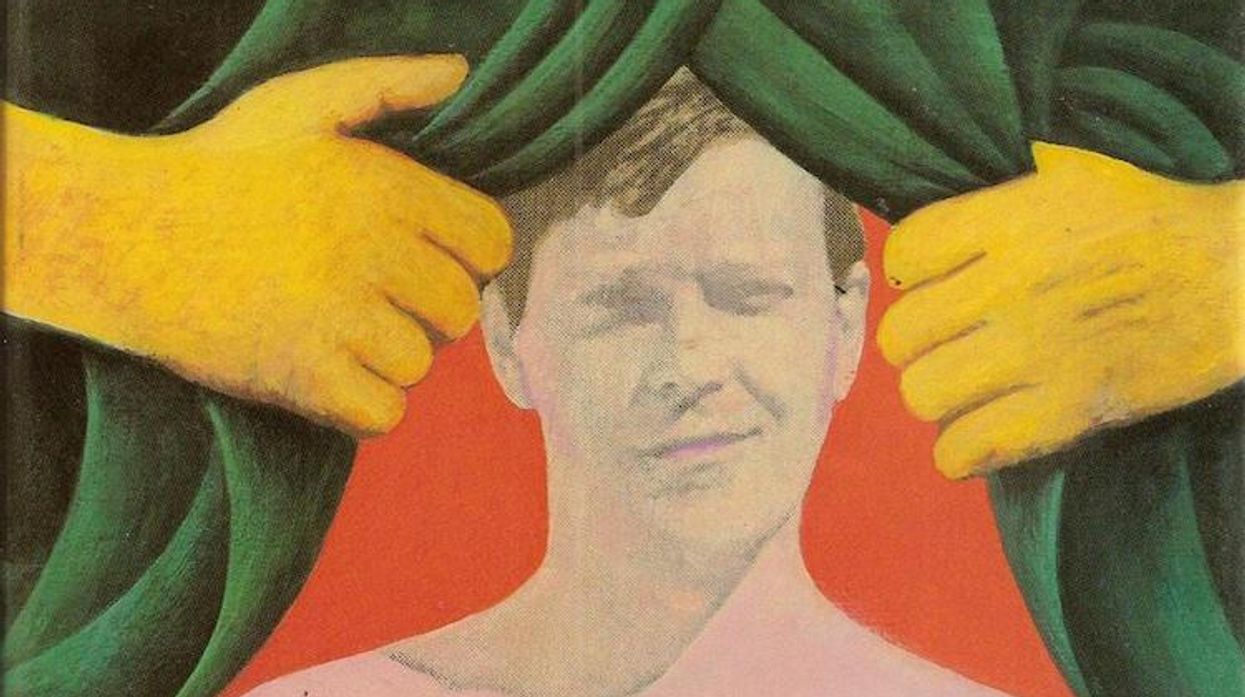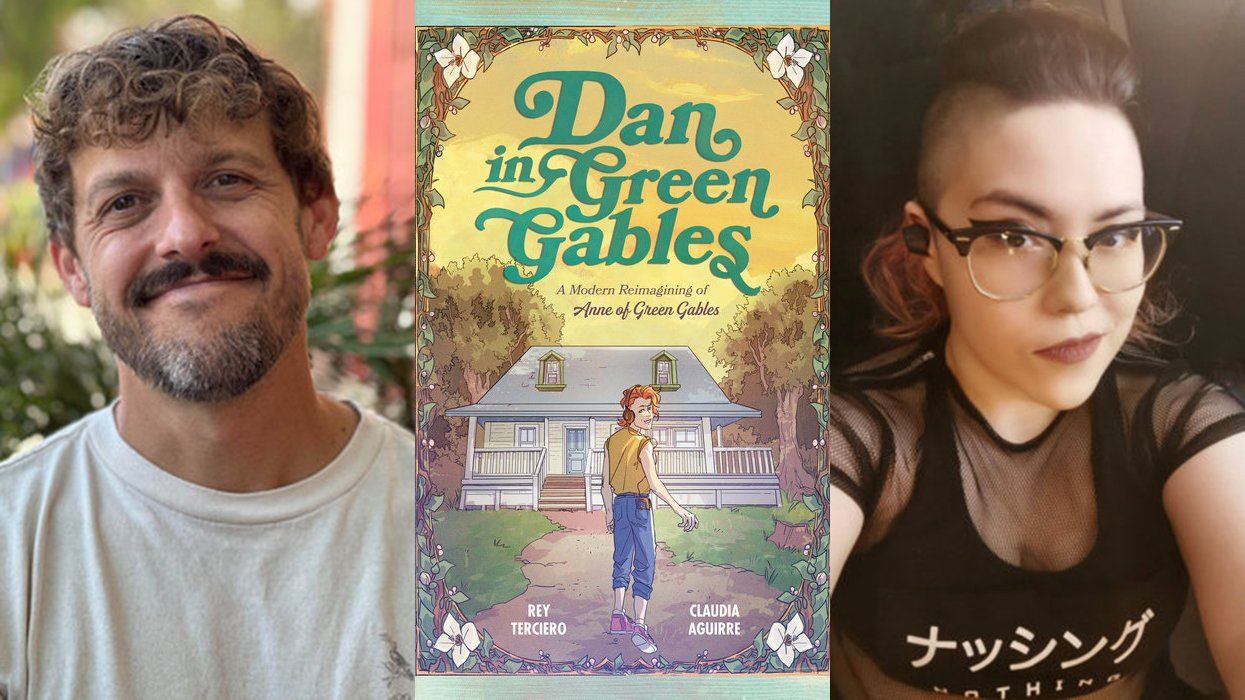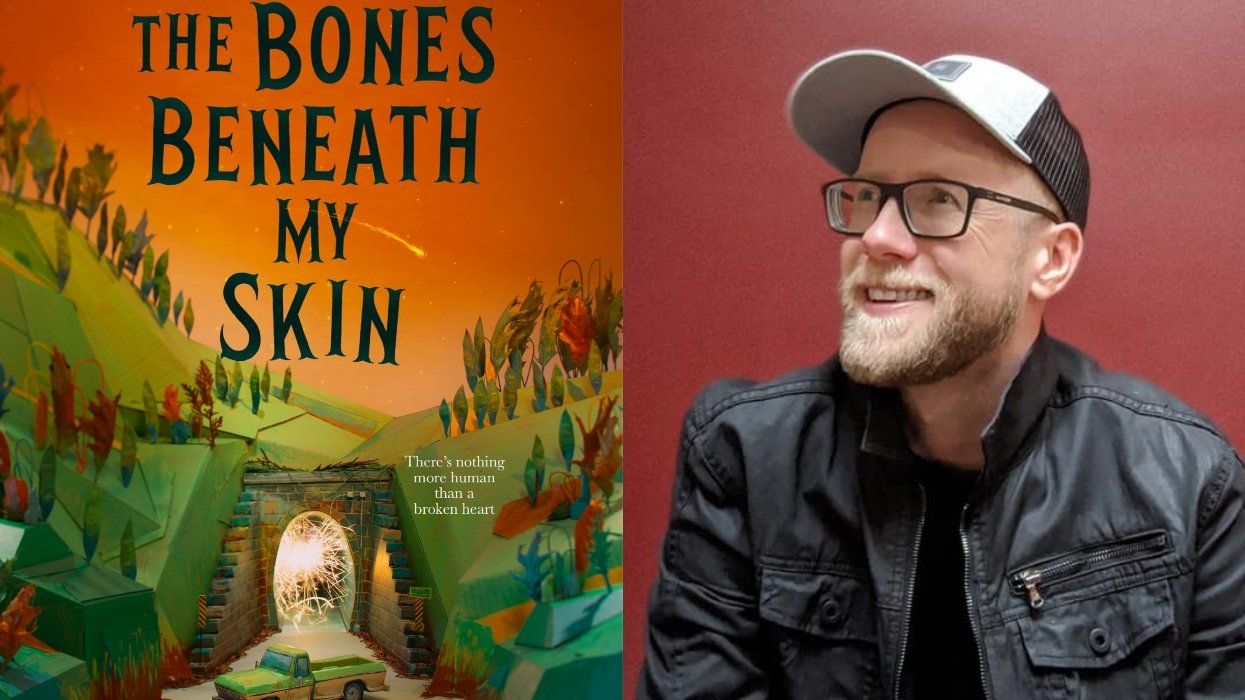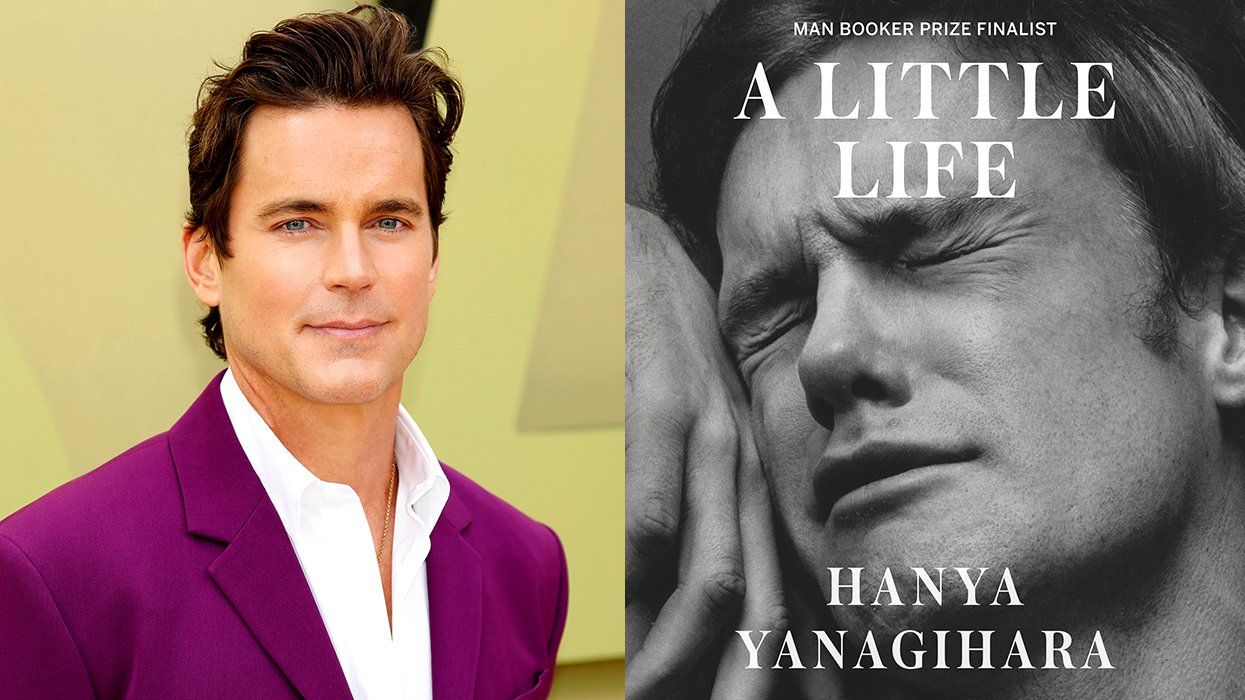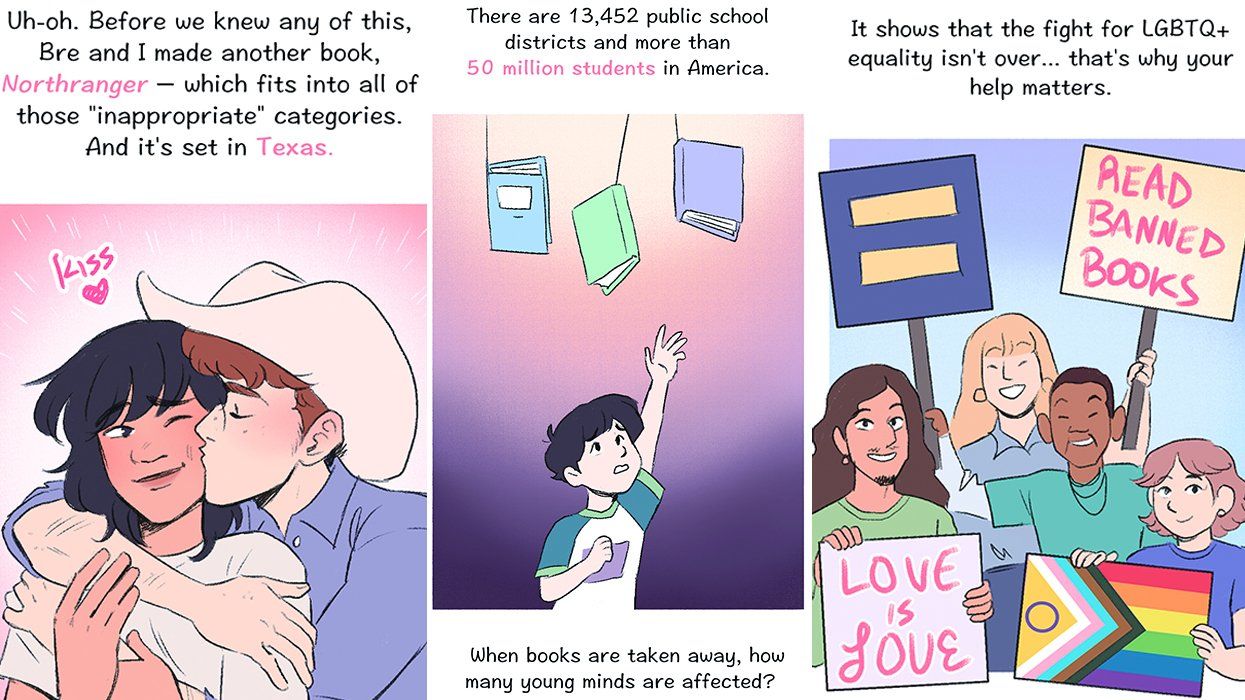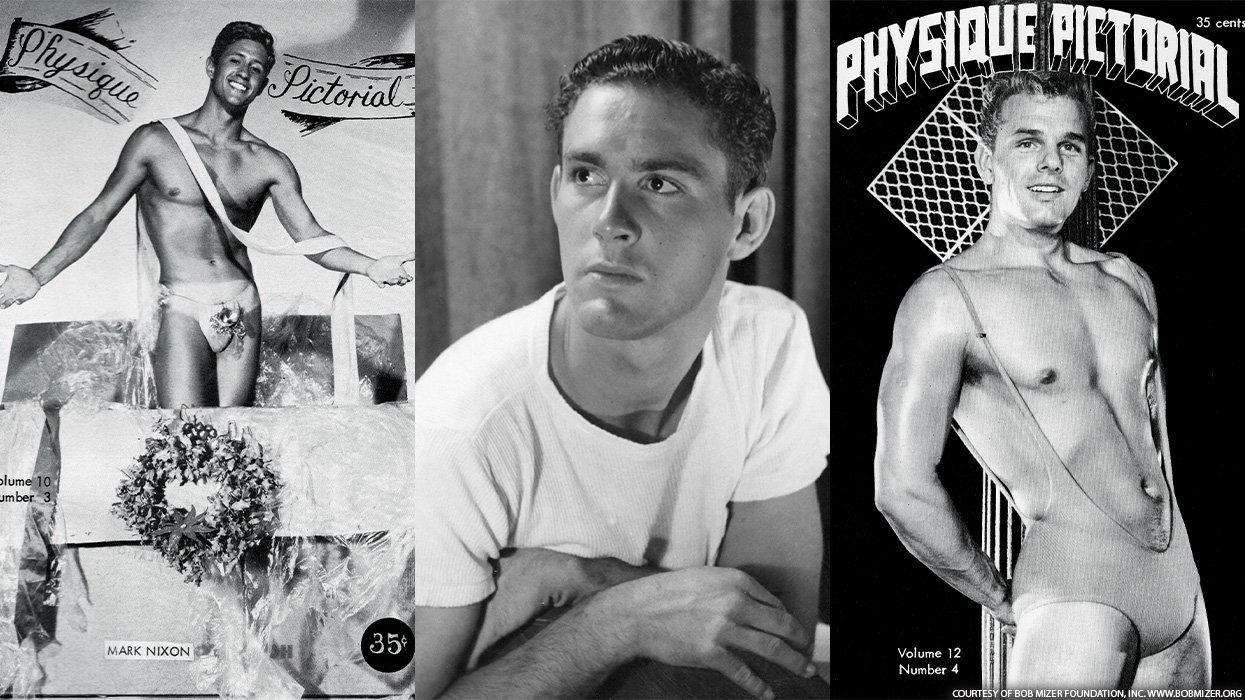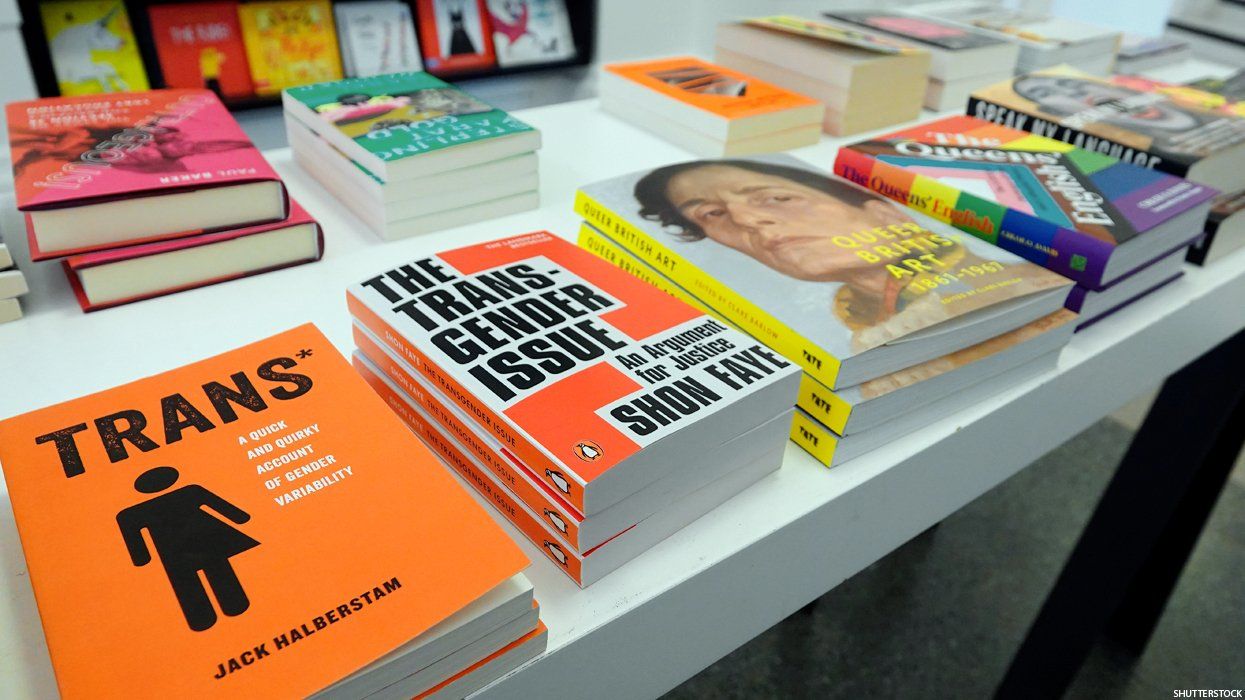A show celebrating queer art at London's Tate Britain includes examples of library books defaced by the British playwright Joe Orton and his lover, Kenneth Halliwell, for which both were jailed. But Orton's true radicalism lies in his unabashedly frank diaries, for which he paid a heavy price:
If you read his diary, all will be explained. --KH
PS: Especially the latter part.
These words formed not only a confession but a suicide note. When a chauffeur discovered it on Kenneth Halliwell's body on August 9, 1967, he also found Halliwell's victim, Joe Orton. The celebrated writer and provocateur had been bludgeoned nine times with a hammer. He was 34.
Orton's absurdist burlesque, part of a new wave of working-class British theater, shocked and amused in equal measure. After years of artistic squalor with his partner and mentor Halliwell, he was enjoying his newfound fame. Orton didn't only push dramatic boundaries when British theater was still censored--he was queer when gay sex was illegal.
Often pictured in black leather, a white T-shirt, and turned-up jeans, Orton was like a gay, British Marlon Brando. He oozed unashamed sexuality. Famously, when the Royal Court Theatre commissioned a portrait of him, he colluded with photographer Lewis Morley to pose naked--except for his socks.
Orton used himself and his plays to outrage. In doing so, he helped redefine what it meant to be homosexual, dragging the definition away from the effete stereotype of Noel Coward.
Eight months before his murder, Orton began to keep a diary. Always intended to be published posthumously, The Orton Diaries represent the most explicit depiction of 1960s gay sex.
All the world was not a stage, but a cruising ground: North London's public toilets were convenient places for picking up trade and having sex. By night cottages became scenes of "frenzied homosexual saturnalia," to quote from one of Orton's entries.
Of one encounter, he notes: "No more than two feet away the citizens of Holloway moved about their ordinary business... When I left, the labourer was just shoving his cock into the man's mouth to keep him quiet. I caught the bus home."
As much as he enjoyed his renown, Orton often left parties or rehearsals to cruise Soho; in Brighton, he snuck away from his agent and Halliwell, and ended up getting sucked off by "a dwarfish creature" in a local "pissoir." Casual sex could be found anywhere. Like William Burroughs and others, Halliwell and Orton traveled to Tangier for sex. When told by one potential Moroccan lover that he could fuck him "up to the last hair," Orton casually replied, "You speak very good English."
Carnality is juxtaposed with humorous mundanity. Even his mother's funeral is sandwiched between two sexual encounters: "Afterwards I fucked him. It was difficult to get in. He had a very tight arse. A Catholic upbringing, I expect. He wanted to fuck me when I'd finished. It seemed unfair to refuse after I fucked him."
Orton's life was led at the intersection of gay identity and sexuality. Though he lived openly with Halliwell, England's partial decriminalization of gay sex gets only a cursory diary mention. The louche mores of the theater allowed him a candor about his sexuality prohibited to others. His cruising was a rebellion against England's sexual hypocrisy--the artist becomes art. It is undistorted by dramatic convention, but as conscious and crucial as his best-known plays, Entertaining Mr Sloane and Loot.
His diaries were published in 1986 when tabloid frenzy and the HIV/AIDS epidemic had provoked a moral backlash against homosexuality. For the prurient, Orton became the archetypal "bad homosexual" brought down by his promiscuity. However, his fearless indulgence in gay sex--wherever it was enjoyed--inspired others. His message, as his sister Leonie once said, is, "Have fun with your genitals. Because if you don't, you'll regret it."
In death, Orton's friends mingled his ashes with Halliwell's. It was an unorthodox act that reunited the two as they began: in rebellion.
"Queer British Art 1861-1967" runs through October 1 at Tate Britain.


